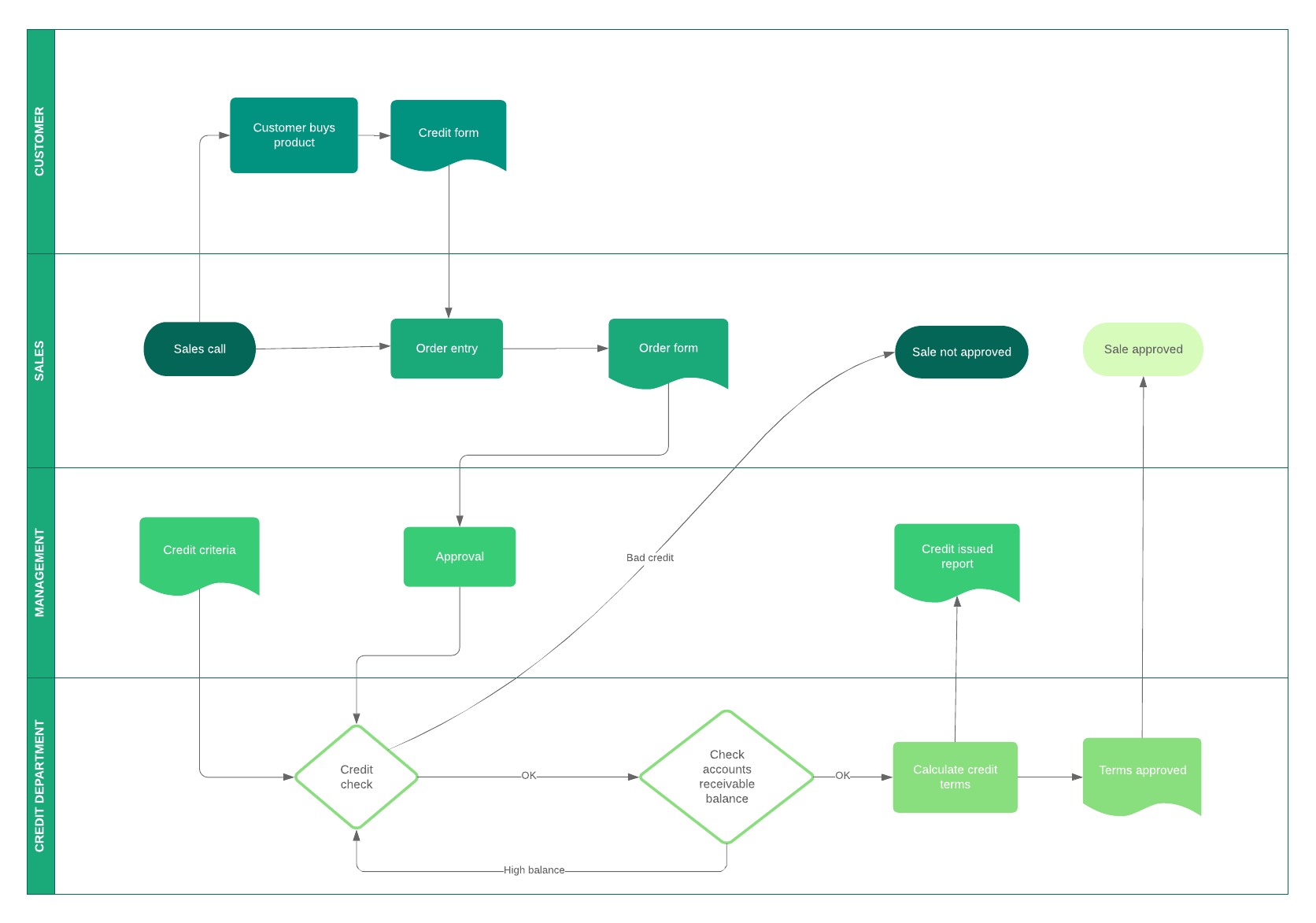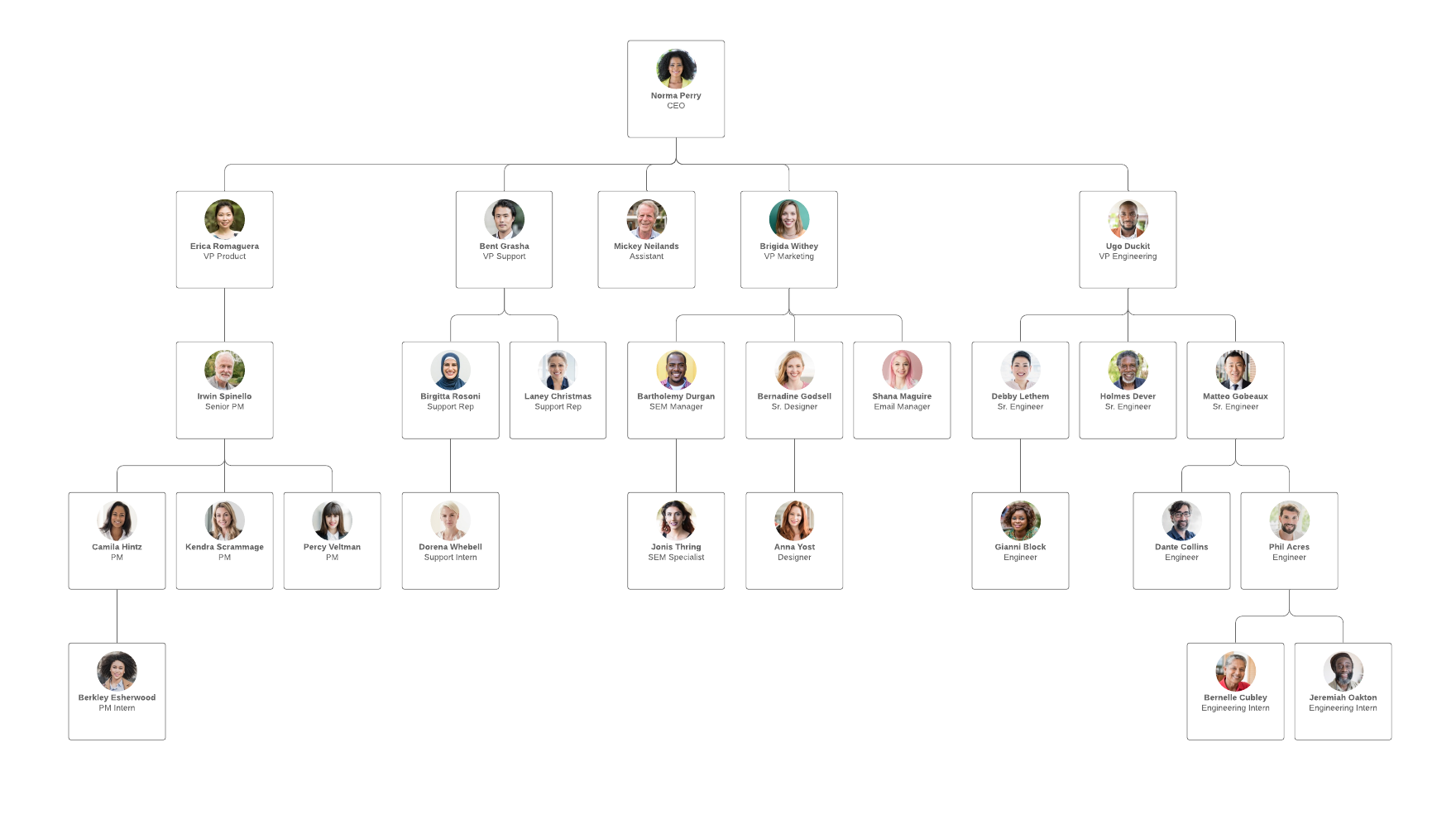
Employee Mediation Process: Resolving Conflict in the Workplace
Lucid Content
Reading time: about 6 min
Topics:
The question of conflict is not if, but when. Conflicts arise in any organizations of any size, and the sustainability of an organization is dependent on its leadership’s ability to handle it.
The burden of conflict can make or break any organization, and no one should be foolish enough to believe it affects only the parties in opposition. Conflict can spread throughout an organization or workplace environment, causing co-workers and stakeholders to walk on eggshells or, worse, to take sides in a divisive situation where it’s your business that ultimately suffers.
The employee mediation process is an important skill set for not only leaders but for every member of an organization. When opposing sides are unable to hear each other’s viewpoints, they need an objective body to advocate for each side. Especially when both parties feel slighted, hurt, or devalued, they aren’t attempting to build a bridge of understanding, but instead to be understood and ultimately protected. A responsible leader will know how to engage in conflict management in order to protect relationships—and preserve the business.
The role of employee mediation in your company
Effective conflict management in the workplace will depend on the type of conflict, the parties involved, and the severity of the conflict. However, a few core processes are central to mediation in the workplace: empathy, trust-building, communication, and consensus.
Here are some steps to address how to mediate conflict in your workplace:
1. Come together
Let each side briefly explain their point of view without interruption or feedback. What’s most important at this stage is to make sure that each party is heard and not attacked. A mediator has a responsibility to intervene if either side begins to attack.
2. Take action
Ask each participant to describe specific actions they’d like to see the other party take that would resolve the differences. A short list of suggestions is best here. An example might include “I would like Person X to make a habit of sending sales reports by Friday every week so that I have a chance to review them over the weekend before the approaching week.”
3. Take ownership
It’s important, even if you’re not the leader of the organization, to ask the question “What about the environment is causing this situation to fail?” If you are a leader or superior to the parties in conflict, you might ask “How have I contributed to this conflict? What can I change or improve to prevent other employees from facing the same type of conflict?”
4. Decide what to change
Conflict mediation thought leaders like Stephen Covey suggest taking an opportunity to ask each participant to additionally identify what the other party can do more of, less of, start, or stop.
5. Commit to change
This is arguably the most important part of the workplace mediation process. Both parties must reach a consensus and make it clear that they understand what is expected of them. It’s important that you recognize each party’s willingness to commit to making a change, no matter how small. Personalities may clash and not all employees have to like one another, but it is critical that they commit to treating each other with dignity and respect.
6. Stay neutral
Let the antagonists know that you will not choose sides. Perspective is everything, and it is impossible for a third party to know the complete story of a given conflict. It’s reasonable to expect people to solve conflicts as adults. If they are unwilling to do so and you are the superior, you must communicate that you will be forced to take disciplinary action that can lead to suspension or dismissal for both parties.
7. Build trust
Finally, assure both parties that you have every faith in their ability to resolve their differences and get on with their successful contributions within your shared organization. Restore confidence in their ability to resolve the conflict without mediation in the future, and set up a time to review progress.
What to avoid in employee conflict resolution
Do not avoid conflict, thinking it will go away. It won’t. Even conflicts that appear resolved can return in future disagreements and risk causing even stronger division within your organization. An unresolved conflict will merely hide beneath the surface and will reveal itself whenever stressful situations occur—and almost always at the worst moment possible.
In conflict mediation, it’s also important not to meet with each person separately. If you allow each party to explain their viewpoint separately, position polarization will inevitably occur. Each side has a vested interest in explaining why their position is correct or more valuable. And especially if you are in a leadership position within your company, your meeting with them separately makes you both judge and jury and creates a scenario for each party to merely attempt to prove the merits of their position, rather than reach consensus.
Never believe that the only people affected by conflict are the participants in said conflict. The stress of a workplace conflict trickles out and can affect everyone in the environment. People dealing with either side of the conflicting parties may feel a need to be involved, feel a need to prove how they aren’t involved, or even simply be a sounding board for a conflict they had no hand in. It can create unfair situations for every member of the workplace, if not dealt with responsibly and intentionally, and can divide your organization.
Settling after conflict
Don’t fear conflict—embrace it. Hiring a diverse workforce meaning introducing different perspectives, and businesses soar when they are able to capitalize on the different perspectives that their employees bring to the table.
Trying to avoid conflict is like trying to avoid rain—conflict is necessary if you want a complete and functional business life. Many thought leaders on workplace mediation say it’s even healthy to search for conflict, pre-empting any issues that may pop up by scoping them before they escalate. It’s not uncommon to see what might have been an easily addressable non-event manifest into a monumental problem if not addressed early on. Some good questions to ask after mediating a conflict might be:
- Where might this issue pop up again?
- Is that friction or disagreement likely to get better or worse?
- Does Person X have the communication skills and leverage to resolve this with Person Y, or might they need some advocacy?
- What’s the worst case scenario if I leave this unaddressed?
- What have I learned from this conflict?
Staying prepared in the midst of conflict
As with any part of business, clear communication and clear expectations are central to success. Preparing for problems or interruptions can also set up your organization to fly past obstacles with confidence and assurance. In employee mediation, having a clear understanding of each party’s relation to one another and their relative stakeholder status can help you better understand their position in a conflict.


With the tools to diagram not only business processes but also your human resources department, Lucidchart offers value even in conflict.
Try Lucidchart todayAbout Lucidchart
Lucidchart, a cloud-based intelligent diagramming application, is a core component of Lucid Software's Visual Collaboration Suite. This intuitive, cloud-based solution empowers teams to collaborate in real-time to build flowcharts, mockups, UML diagrams, customer journey maps, and more. Lucidchart propels teams forward to build the future faster. Lucid is proud to serve top businesses around the world, including customers such as Google, GE, and NBC Universal, and 99% of the Fortune 500. Lucid partners with industry leaders, including Google, Atlassian, and Microsoft. Since its founding, Lucid has received numerous awards for its products, business, and workplace culture. For more information, visit lucidchart.com.
Related articles
Why Giving Feedback Matters to Your Employees
When you learn how to give positive feedback, you can have a greater influence on your organization and develop more meaningful work relationships. Explore 3 ways you can become more effective at giving and receiving feedback.
Mastering the key stages of group development
In 1965, Dr. Bruce Tuckman published the Tuckman model, in which he detailed the stages of team development. Whether you are a manager or a team member, learn these stages to turn your group into a high-performing unit.
